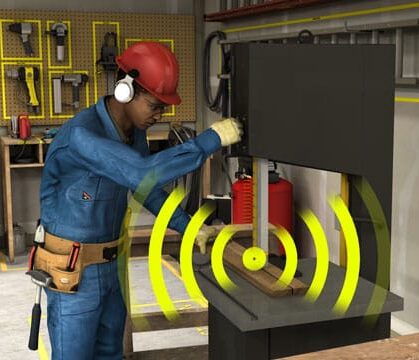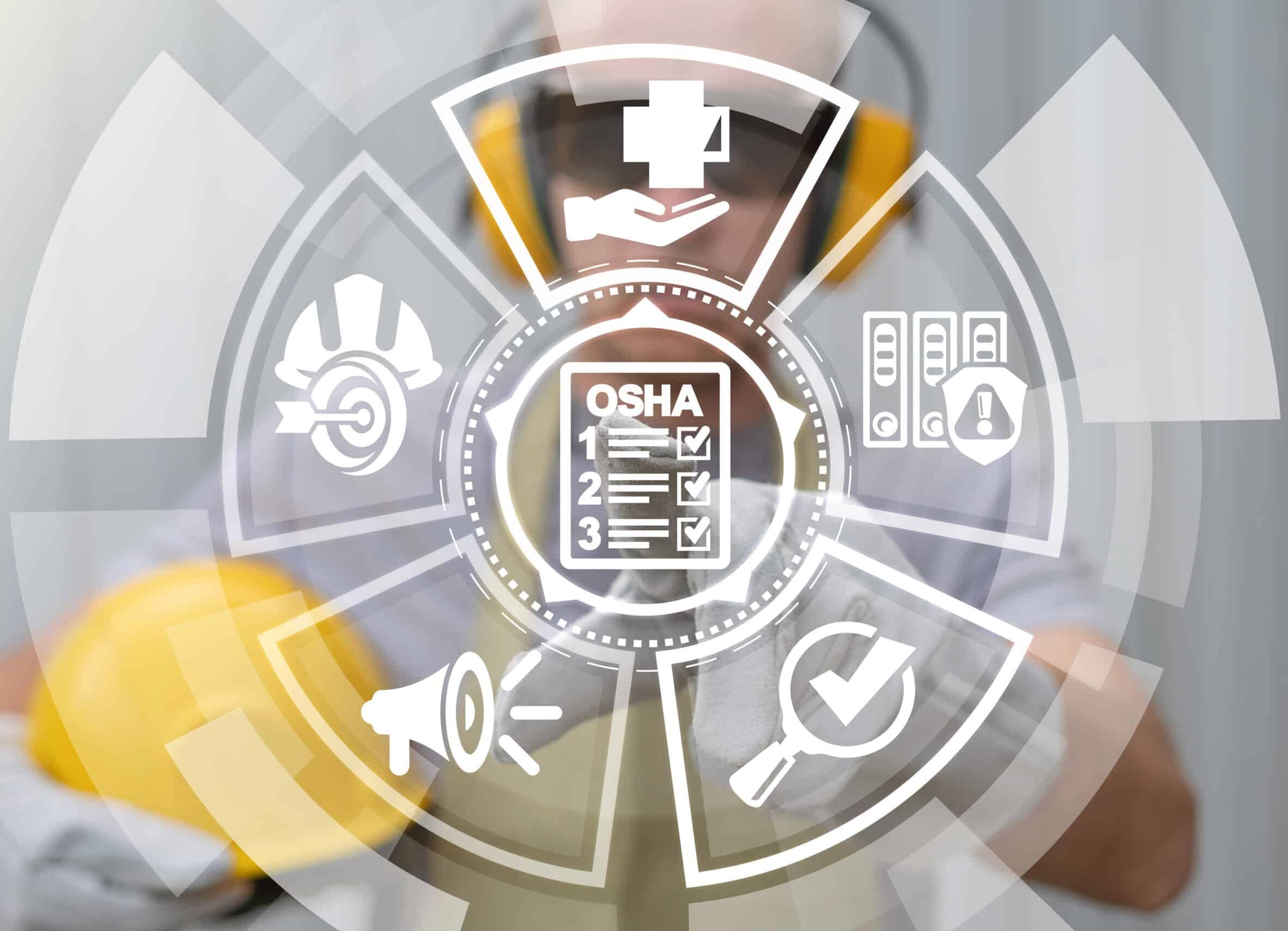August 26, 2024 4 min read

What Is Microlearning?
Industry:
Solution:

Microlearning isn’t just a buzzword. It has become an essential tool for workplace training and performance improvement. However, while many people have heard the term, not everyone understands what it means and how to use it strategically to improve your learning and development (L&D) program. In this blog, we’ll explain what microlearning is and provide resources and tips for using it to improve learning outcomes.
Definition of Microlearning
Microlearning is a short learning activity intended to help the learner complete a specific goal. These activities typically range from 30 seconds to five minutes in length. While microlearning can be any type of learning activity, microlearning videos are increasingly common.
Well-respected learning researcher Dr. Will Thalheimer defines microlearning as:
Relatively short engagements in learning-related activities—typically ranging from a few seconds up to 20 minutes (or up to an hour in some cases)—that may provide any combination of content presentation, review, practice, reflection, behavioral prompting, performance support, goal reminding, persuasive messaging, task assignments, social interaction, diagnosis, coaching, management interaction, or other learning-related methodologies.
— Will Thalheimer
Safety Microlearning Training
Award-winning microlearning courses, averaging 5 minutes each, that provide your workforce with the ability to enhance their safety knowledge and retain skills.
Explore Courses
Ways to Use Microlearning
Microlearning is designed to help employees achieve both performance and learning objectives. Organizations can integrate microlearning into any training delivery method if it supports the desired learning objective.
Here are a few examples of how microlearning can be used:
- As one normal activity within a learning path. Microlearning can be used as part of a larger training curriculum in areas like new employee onboarding. Workers will appreciate the short nature of microlearning training, and it also provides a learning asset that you can re-use for different learning and performance needs.
- For performance support. This looks like delivering necessary information to workers while they’re on the job, and at the time and place they need it for application.
- For spaced practice. Also known as distributed practice, this technique involves spreading out learning sessions over time and revisiting information at intervals of time. Using microlearning activities for spaced practice will increase comprehension, depth-of-knowledge, retention, knowledge acquisition, skill development, and more in your workforce.
- For refresher training. Microlearning can be helpful when you’re trying to combat the training forgetting curve and ensure employees remember key information to perform their jobs effectively and/or stay safe.
Ensuring that your workforce retains the knowledge and skills necessary to adequately fulfill their job roles is essential. By administering competency assessments to your employees, you can accomplish this and maintain a well-informed, high-functioning workforce.
Vector Solutions' Competency Assessment Tool
Explore how you can pre-assess knowledge and skills, automatically assign training to close gaps, and verify retention of critical information.
Learn More
Does Microlearning Really Work?
Research shows that microlearning improves information retention by 22% above standard learning approaches. Additionally, an assessment performed by Deloitte concluded that employees have only 4.8 minutes per day for learning, which underscores the need for microlearning.
These statistics suggest that microlearning will remain a critical technique in tackling issues such as information overload and the demand for effective learning solutions.
In the next section, we’ll dive into some impressive benefits that come with implementing microlearning activities in the workplace.

Benefits of Microlearning
When delivered properly to a workforce, microlearning has a variety of benefits, including:
- Enhanced learning retention and comprehension. Microlearning breaks down complex topics into bite-sized pieces, making it easier for employees to absorb and retain information. This format aligns with the brain’s natural learning process, improving long-term retention.
- Flexibility and accessibility. Employees can access microlearning modules anytime and anywhere, accommodating diverse schedules and work environments. This flexibility is particularly beneficial for remote workers or those with busy, unpredictable schedules.
- Increased engagement. The concise and targeted nature of microlearning helps maintain learners’ attention and interest. Interactive elements, such as quizzes and multimedia, can further enhance engagement.
- Personalized learning. Employees can choose the modules most relevant to their roles and skill gaps, allowing for a more personalized and efficient learning experience. This targeted approach can lead to better skill development and job performance.
- Reduced cognitive load. By focusing on one topic at a time, microlearning reduces cognitive load, making it easier for employees to process and apply the information. This is especially beneficial in complex or technical fields.
- Higher course completion rates. The shorter duration of microlearning sessions often leads to higher completion rates compared to longer, traditional courses. Employees are more likely to finish a short module, leading to more comprehensive training outcomes.

Is Microlearning New?
Microlearning is not a new concept. People have been using microlearning, whether they know it or not, for a long time. But it has certainly gained traction in recent years with studies proving its effectiveness and with younger generations preferring short-form instruction.
When introducing your workforce to the concept of microlearning, it can be as simple as a toolbox talk in manufacturing, or a safety meeting in construction.
Why is Microlearning Popular?
Microlearning has gained significant popularity in recent years, but why? Here are some contributing factors:
- New data findings. Research-backed evidence shows that microlearning, especially when used in spaced practice, can improve retention and job transfer.
- Shifting work environments. Nowadays, the fast-paced labor environment requires employees to work harder and faster, often overloaded with information. The small chunks of learning provided by microlearning fit well into our work and learning context.
- Improved access to technology. Since many people have computers, mobile tablets, and/or phones nowadays, it’s become easier to access microlearning whenever employees need it for self-guided training or performance support.
- Increased efficiency. We’ve all seen how handy and effective it is to quickly watch a “how-to” video and learn how to execute a certain task. Now, we’ve realized we should be using this powerful tool at work as well.
Does Microlearning Have to be Online?
Microlearning does not have to be delivered online or via a mobile electronic device, although that is a common method of delivering short-form training.
However, delivering microlearning via mobile enabled devices has made it easier for us to provide employees with self-guided learning at any time and place they need.
How Can Vector Solutions Help with Microlearning?
We pride ourselves on providing organizations with effective digital solutions to improve their employee training and enhance their productivity, efficiency, and overall employee experience.
Our award-winning microlearning courses, averaging five minutes each, provide your workforce with the ability to enhance their safety knowledge and retain skills, perfect for in-the-moment refresher training. To learn more about our online training and microlearning, request a demo today.












